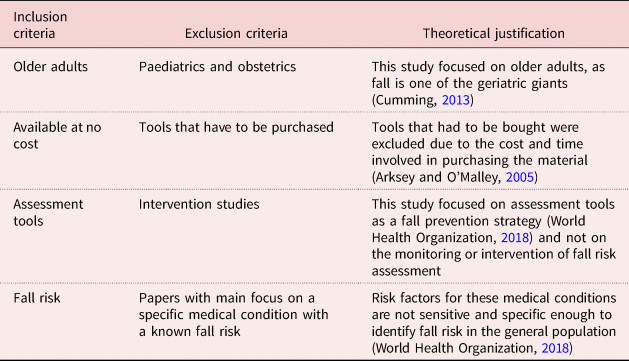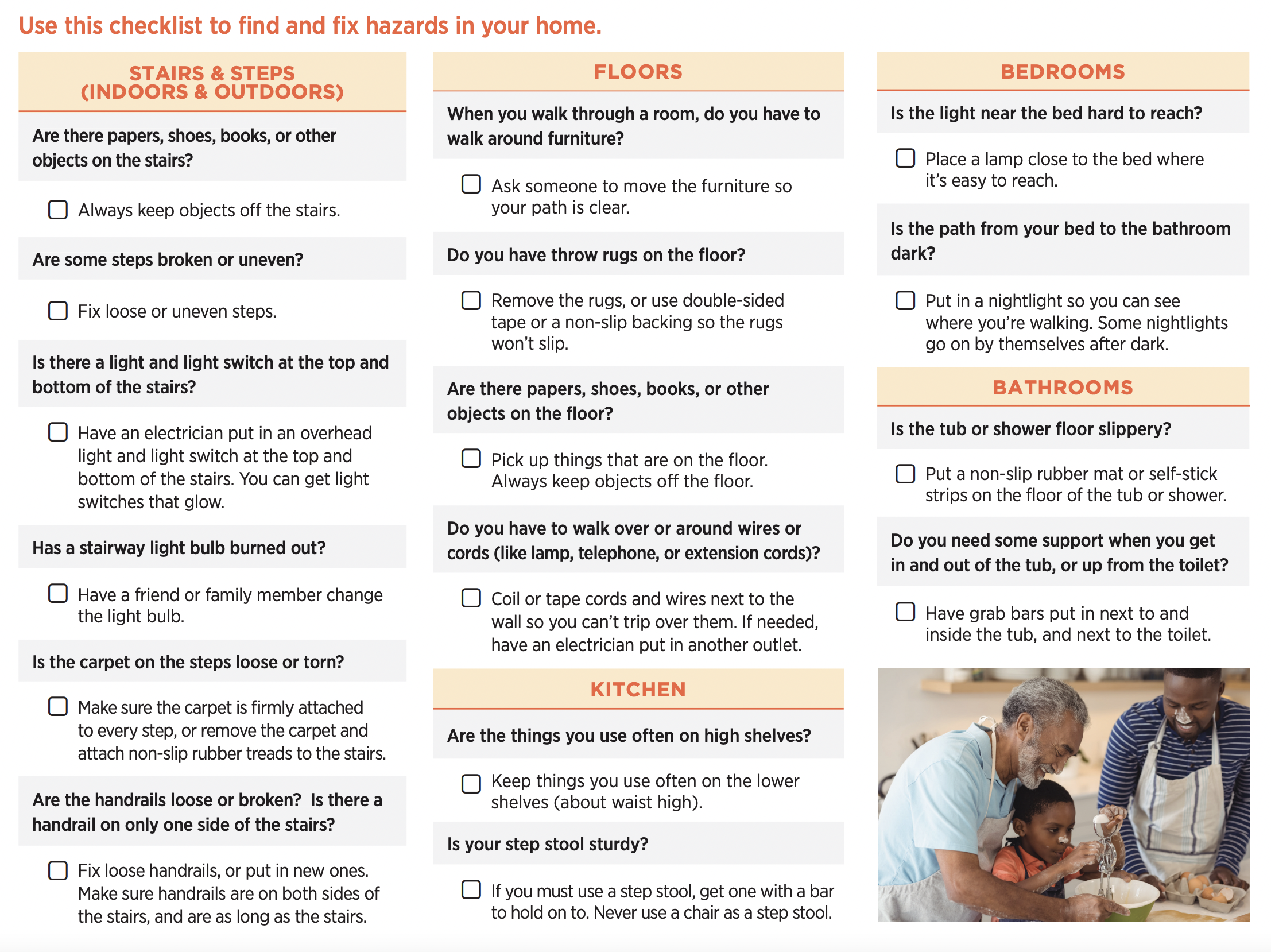Dementia Fall Risk - An Overview
The 3-Minute Rule for Dementia Fall Risk
Table of ContentsThings about Dementia Fall RiskThe Best Strategy To Use For Dementia Fall RiskAll About Dementia Fall RiskThe Main Principles Of Dementia Fall Risk The Only Guide to Dementia Fall Risk
The FRAT has three sections: fall danger standing, threat aspect list, and activity plan. A Fall Risk Standing consists of data concerning background of recent falls, medicines, emotional and cognitive standing of the client - Dementia Fall Risk.If the person ratings on a risk factor, the corresponding variety of factors are counted to the patient's fall risk score in package to the much appropriate. If an individual's loss threat score totals five or higher, the individual goes to high risk for falls. If the patient ratings just 4 factors or lower, they are still at some risk of falling, and the nurse needs to utilize their best medical assessment to handle all fall risk factors as component of a holistic care strategy.
These common approaches, in basic, help establish a secure environment that reduces unintended drops and delineates core precautionary measures for all clients. Signs are important for individuals at threat for drops.
Some Known Factual Statements About Dementia Fall Risk
Wristbands should consist of the person's last and initial name, day of birth, and NHS number in the UK. Just red color needs to be made use of to signify unique individual condition.
Products that are also much may require the patient to get to out or ambulate needlessly and can potentially be a risk or add to drops. Aids protect against the person from heading out of bed with no aid. Nurses respond to fallers' telephone call lights faster than they do to lights launched by non-fallers.
Visual problems can considerably cause drops. Maintaining the beds closer to the floor lowers the risk of drops and serious injury. Placing the cushion on the floor significantly lowers fall risk in some medical care settings.
Dementia Fall Risk Things To Know Before You Buy
Clients that are tall and with weak leg muscle mass that attempt to rest on the bed from a standing placement are likely to fall onto the bed since it's as well reduced for them to reduce themselves safely. If a high patient attempts to get up from a low bed without aid, the person is most likely to drop back down onto the bed or miss out on the bed and fall onto the flooring.
They're created to advertise timely rescue, not to avoid falls from bed. Aside from bed alarms, increased supervision for risky people look here additionally might aid protect against drops.

Clients with a shuffling gait boost autumn possibilities dramatically. To reduce fall risk, shoes should be with a little to no heel, thin soles with slip-resistant step, and sustain the ankles. Recommend individual to utilize nonskid socks to stop the feet from sliding upon standing. Urge people to put on proper, well-fitting shoesnot nonskid socks for ambulation.
Dementia Fall Risk for Dummies
Patients, particularly older grownups, have use this link lowered aesthetic capacity. Lights a strange atmosphere assists raise exposure if the person must obtain up during the night. In a study, homes with appropriate lighting report fewer falls (Ramulu et al., 2021). Renovation in lighting in your home might reduce fall rates in older grownups (Dementia Fall Risk). The use of stride belts by all healthcare service providers can advertise safety and security when assisting individuals with transfers from bed to chair.

Caretakers are effective for assuring a secure, secured, and risk-free atmosphere. Nonetheless, research studies showed very low-certainty proof that sitters reduce fall threat in acute care medical facilities and only moderate-certainty that alternatives like video surveillance can decrease caretaker use without boosting loss danger, suggesting that sitters are not as beneficial as originally thought (Greely et al., 2020).
Dementia Fall Risk - The Facts

Enhanced physical conditioning decreases the risk for falls and restricts injury that is suffered when autumn takes place. Land and water-based exercise programs might be likewise advantageous on balance and gait and consequently decrease the threat for falls. Water exercise may contribute a positive advantage on equilibrium and stride for ladies 65 years and older.
Chair Increase Exercise is a simple sit-to-stand workout that helps reinforce the muscles in the upper legs and buttocks and boosts wheelchair and independence. The goal is to do Chair Rise exercises without making use of hands as the customer ends up being more powerful. See sources area for a detailed instruction on just how to carry out Chair Increase exercise.